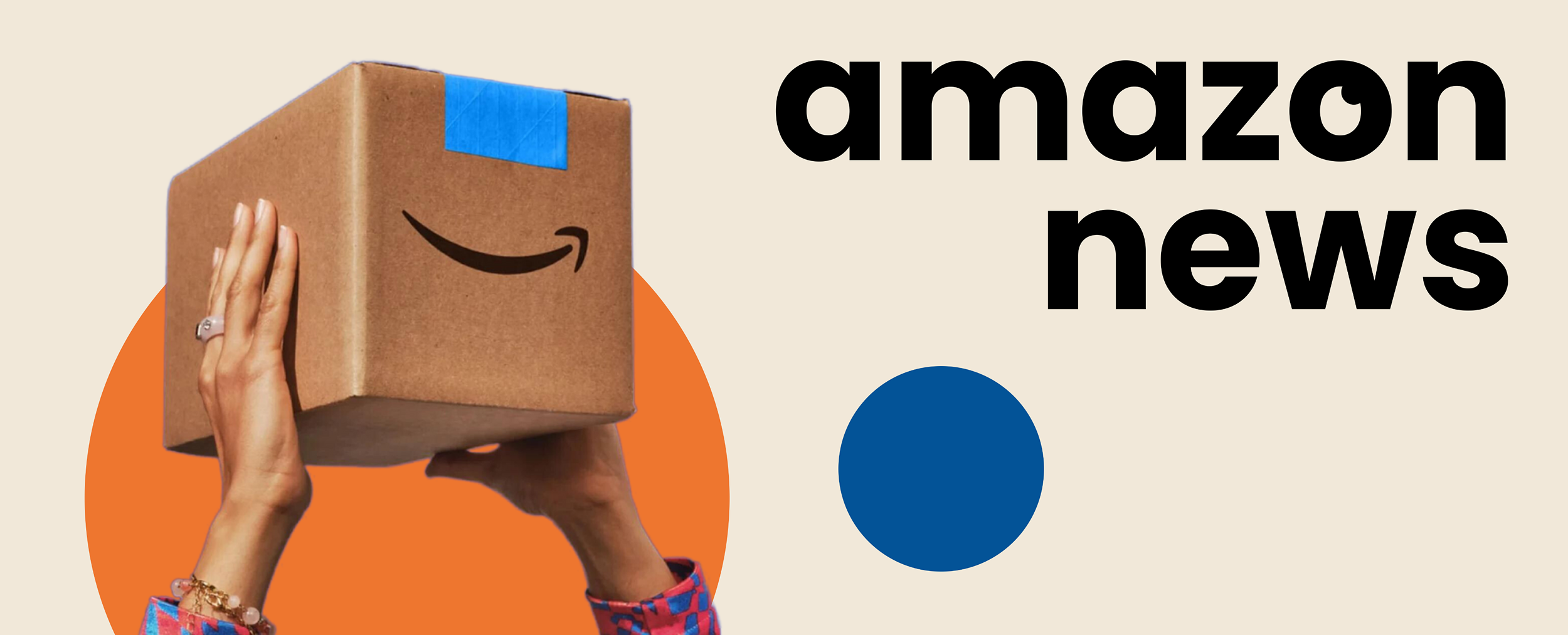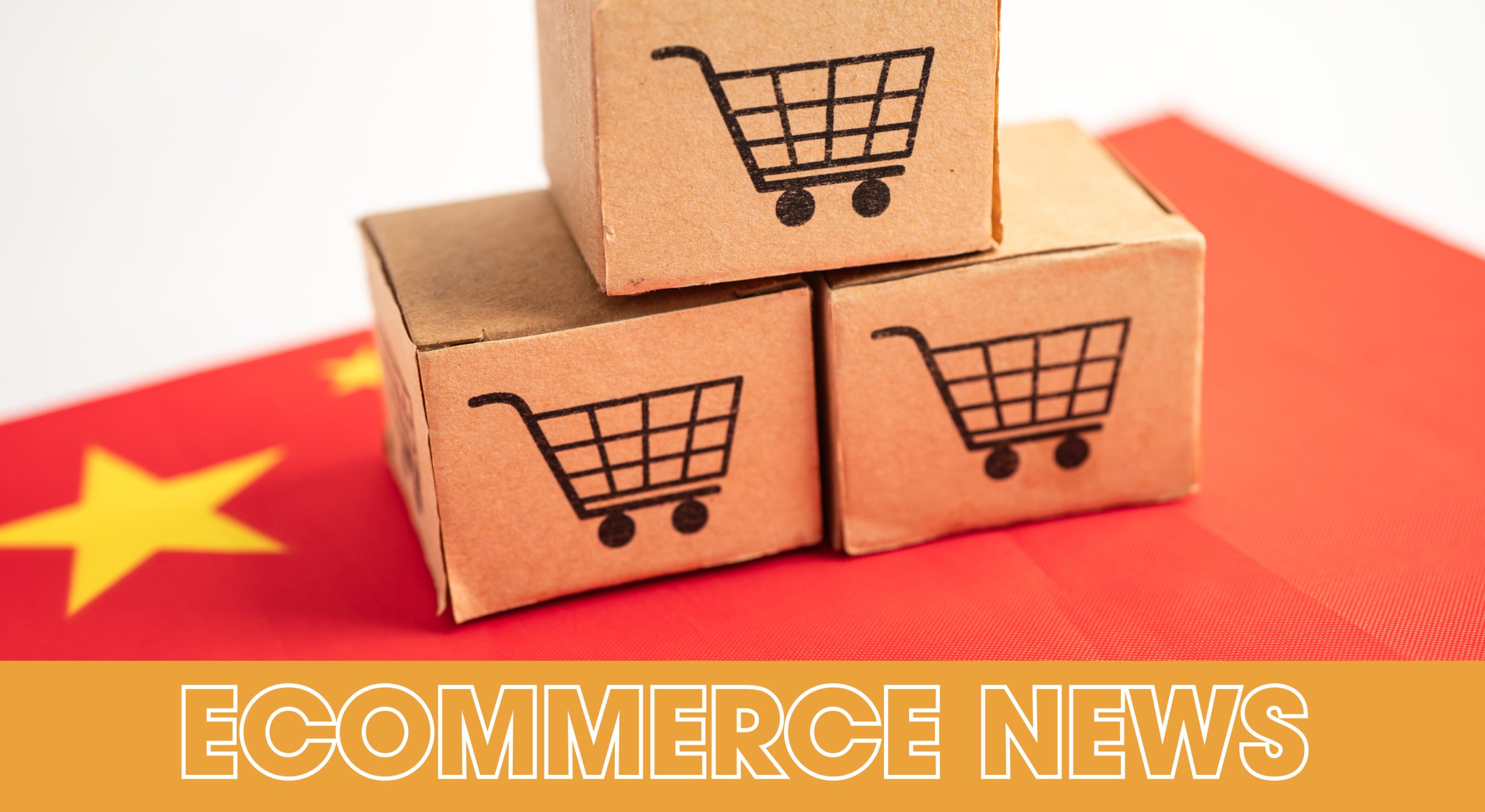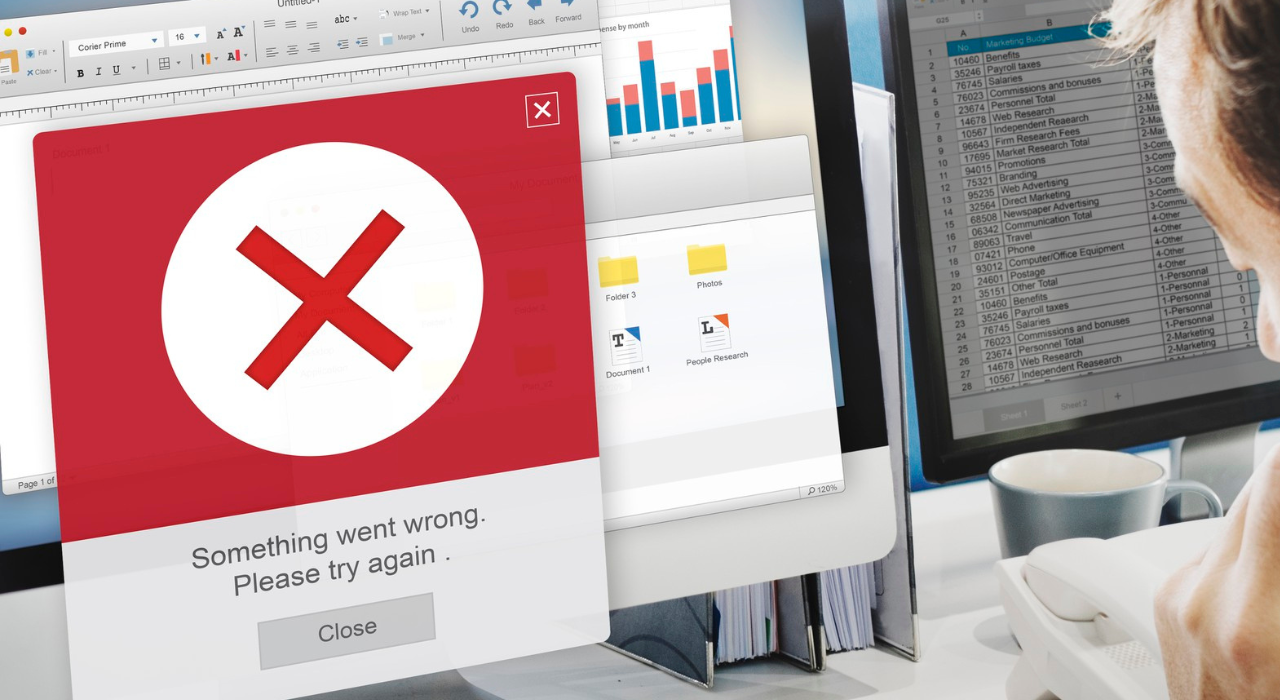Yesterday’s Earth Day may not be an official or major holiday, but it’s a celebration that spans the globe. That’s why ‘green brands’ benefit a lot from being recommended by sustainability advocates.
But don’t worry if you’re not green enough yet. You can still get recommended by simply tuning in to insightful news and updates—like the ones we have today.
- Impact of the “Made in China” label 🏷️
- The secret to gaining wider organic reach 🌱
- Amazon FBA vs. dropshipping 🔍
- Building a wholesale business 🏗️

ECOMMERCE NEWS
For the longest time, China has been the powerhouse manufacturer of goods for U.S. companies. However, Chinese companies are no longer content to remain in the shadows. 🪧
According to AdExchanger, they're now stepping up as direct sellers. Just look at Temu and Shein—two new U.S. ecommerce players that slowly shake how consumers shop.
But isn't this just the free market at work?
Well, yes and no. How they enter the U.S. market is different from how Chinese tech companies have tried before. Here's what Marketplace Pulse found out:
- Unlike TikTok, which grew organically, Chinese sellers rely on massive advertising budgets to take over marketplaces despite not being well-known brands.
- In Meta's recent earnings report, Chinese advertisers contributed 10% of their revenue, up from 6.5% last year.
- Walmart also saw a surge in international 3P sellers, with Chinese sellers comprising 90% of the total.
⛔ The not-so-good side
Reports of knockoff products flooding marketplaces raise questions about authenticity and consumer trust.
- Some direct-to-consumer (DTC) sellers have considered legal action against platforms like Walmart due to the prevalence of knockoffs.
- Krak'in, a novelty U.S. brand, raised infringement and IP disputes versus Temu’s Whaleco Inc. after finding out the latter copied and sold its products without authorization on the platform.
⚖️ Platforms’ dilemma
Major platforms like Google, Meta, Amazon, and Apple find themselves at a crossroads. Chinese sellers do contribute significantly to their bottom line, but concerns about user experience and product authenticity loom large.
Clearly, they must find a delicate balance, or risk losing credibility and customers—and their revenue streams.

TOGETHER WITH INSENSE
User-generated content is the secret to gaining wider organic reach—how do you source the best ones?
Need to source authentic UGC at scale? Or maybe you’re looking to trade in free products for some high-quality marketing content?
Then, you need to start collaborating with influencers on product seeding (influencer gifting) campaigns!
And here’s the good news: partnering with micro-influencers for organic influencer posting doesn’t need to be complicated or costly. Especially if you partner with Insense—an end-to-end platform for UGC and influencer campaigns!
- Launch a product seeding campaign on Insense and receive applications only from influencers eager to produce content in exchange for free products within 2 days!
- Download creator shipping information in bulk to save time.
- Use the chat to download fully licensed content for paid social ads.
- Enjoy automated influencer agreements and a money-back guarantee if an influencer ghosts.
Join 1,500+ brands like Malouf, Rankster, and Upper Echelon that use Insense to run product seeding campaigns at scale and partner with influencers on long-term campaigns.
Book a free 1-2-1 strategy call by April 5 and get $200 for your first campaign.

BITES OF THE WEEK
- Wonderful Walmart: Here are some mind-blowing facts about Walmart.
- X-Men Spending: There’s a report that would tell you what drives Gen X’s spending habits.
- Temu’s Ad Storm: Did you know Temu launched 8,000 campaigns on Meta in less than a week?

HOT TOPIC
Amazon FBA vs. dropshipping: Which accelerates business growth faster?
Choosing the right fulfillment method is key to having a successful ecommerce business. On Amazon, two fulfillment options often stand out: Fulfillment by Amazon (FBA) and dropshipping.
🌿 FBA lets Amazon handle the storage and shipping, whereas dropshipping means listing items and having suppliers ship directly to your customers. But which of the two can help you grow your business faster?
To help you decide, Jungle Scout shared the pros and cons of each method:
Amazon FBA
- Pros
- Convenience. You just need to send your inventory to Amazon. Then, Amazon handles the rest—picking, packing, shipping, returns, and even customer support.
- Prime eligibility. Products shipped by Amazon automatically get the Prime badge on listings, which assures online shoppers they’ll get the fast shipping they crave.
- More reach. FBA lets you fulfill orders on other ecommerce sites through multi-channel fulfillment.
- Cons
- Hefty fees. FBA standard fees can add up, especially for larger or heavier items. Plus, you must pay monthly storage fees and potentially long-term fees for inventory stored over 365 days. 💸
- Restock limits. Amazon limits the amount of inventory you can send. This makes it challenging to meet customers’ demands, especially during peak season.
- Risk of loss. Amazon may misplace some inventory, but it typically reimburses sellers for lost items.
Dropshipping
- Pros
- Low startup costs. You don’t need large upfront payments for bulk orders.
- Easy and quick start. Just find products from a supplier, list them on Amazon (or another platform), and you’re good to go!
- Cons
- Tough competition. You can face more competition since it’s easier to start dropshipping.
- Delayed delivery. Shipping may be slow depending on the supplier or manufacturer. 📦
- Quality uncertainty. Because the suppliers ship products directly to your customers, you lack control over the quality. So, it’s recommended to sample products beforehand.
❔ Which fulfillment method should you choose?
Both models have their merits and drawbacks. Ultimately, the best fulfillment method depends on your business goals and resources. So, carefully consider your business needs and objectives before making a decision.

ACTIONABLE ADVICE
6 steps to build a lucrative wholesale business
Wholesale selling is a business model where you resell branded items from a supplier, manufacturer, or distributor. It’s used by Amazon sellers who don’t want to design a product from scratch or who want to make money off their access to a highly profitable brand.
👣 If you think this is a promising venture, Sellerapp lists the steps to start a wholesale business:
- Find your niche. Browse Amazon’s best sellers to give you an idea of what sells. Then, choose a category that you have some expertise in.
- Use product research tools to know sales velocities, sellers per listing, organic reviews, etc. This will also alert you which products to steer clear of.
- Check Google Shoppingto assess consumer demand.
- Evaluate social media signals to get some real-world feedback. Are the products appealing to the public? Are the posts positive or negative?
- Pick a brand without restrictions. Some major brands have restrictions limiting who can sell their products. Search “[brand] wholesale application” and identify the brands with open sign-up forms or contacts to request approvals to sell inventory.
- Find suppliers/wholesalersby attending trade shows, contacting them directly, or using industry directories. Social media groups are also one way to get in touch.
And don’t forget to use people and management skills to negotiate prices and properly manage your business. 💡
Why try wholesale, though?
Wholesale is quicker than private-label selling. For starters, there’s already a demand for the products, which essentially means a steady cash flow.
If there’s a downside, it’s the large capital you’d need to get started. Still, do you think it’s worth exploring this business model? Let us know your thoughts by replying to this email! 💭








